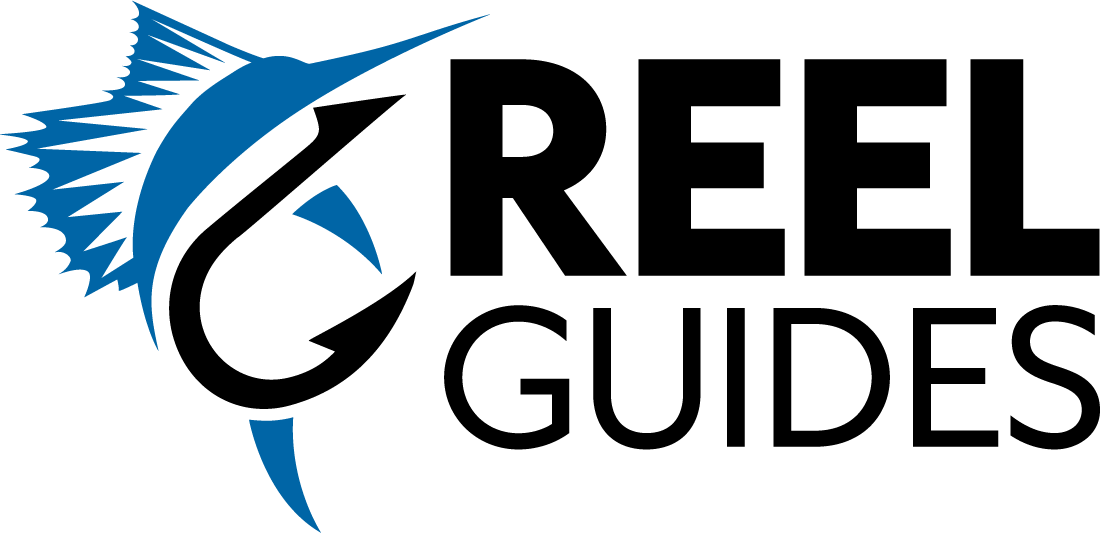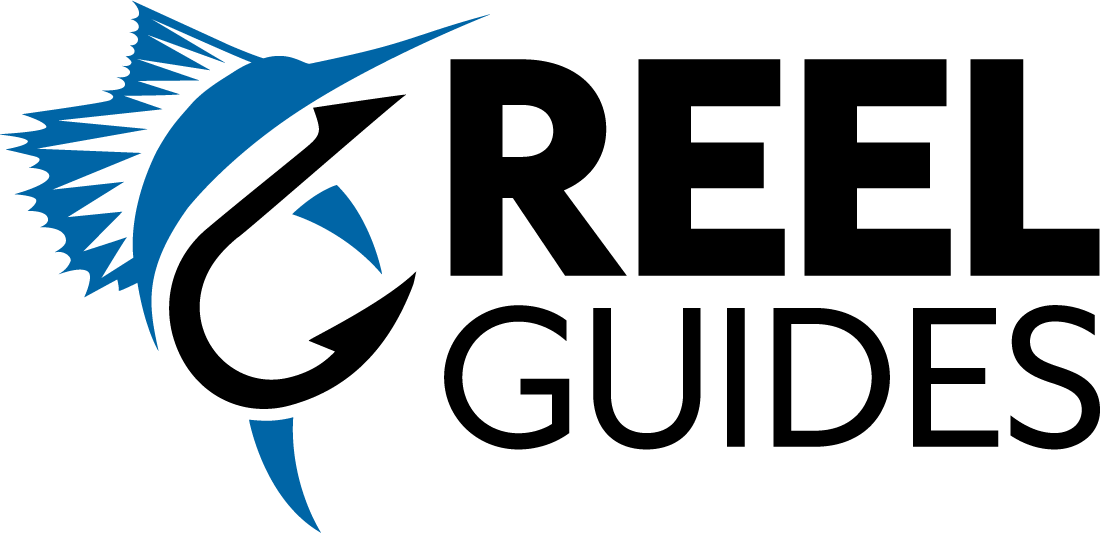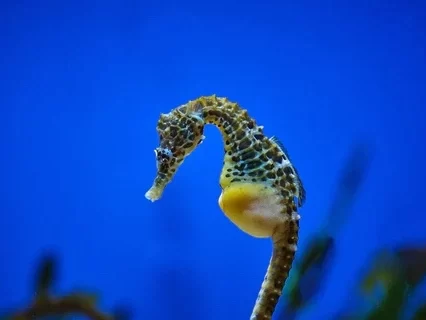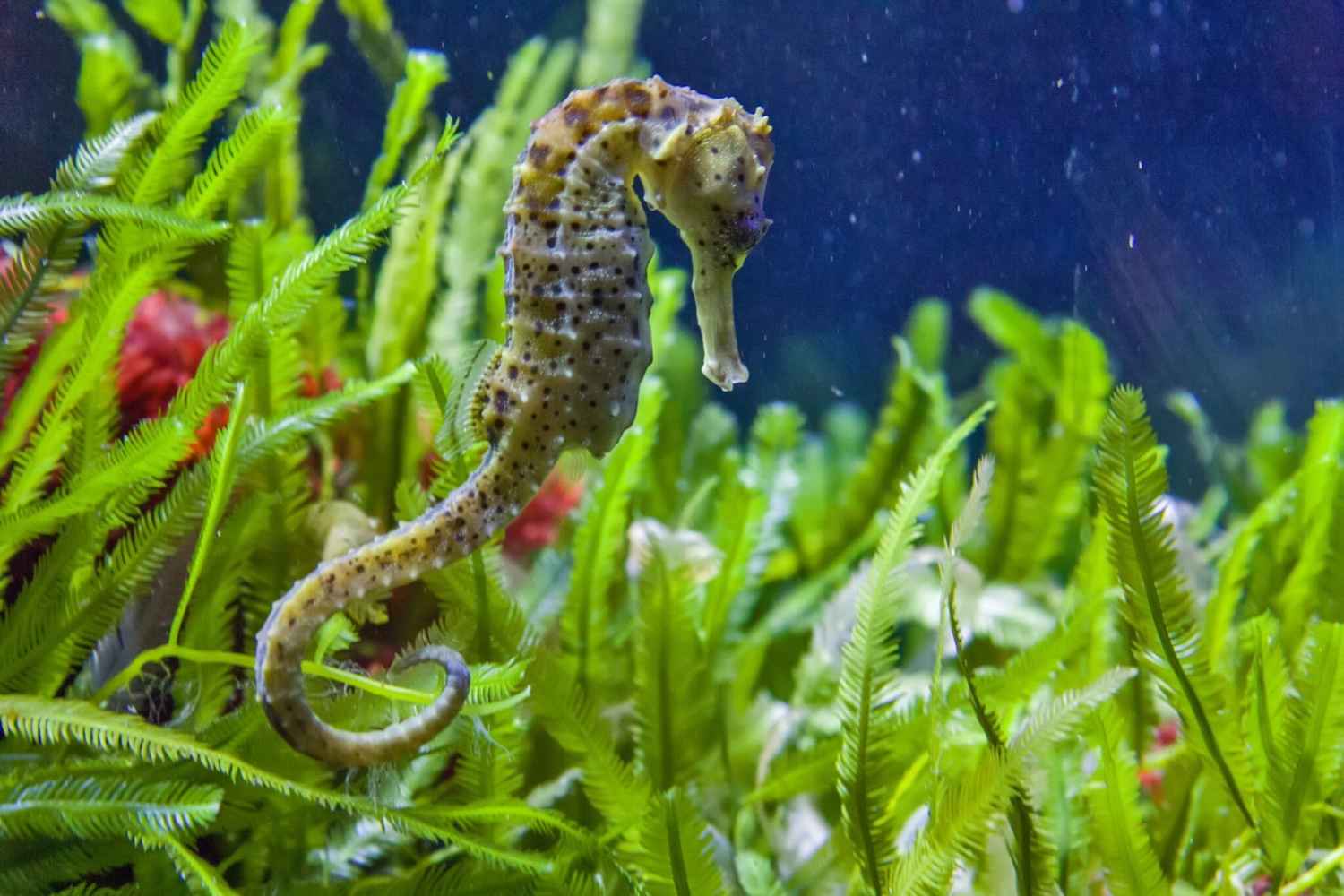Is a Seahorse Asexual or Sexual Reproduction?
Written By: Captain Kody Michael
Seahorses are among some of the most unique creatures in the ocean, with their horse-like heads, upright stance, and different behavior. But one of the most fascinating aspects of seahorses is their approach to reproduction. Understanding how these creatures reproduce can deepen our appreciation for them and help us see the importance of preserving their habitats.
Overview of Seahorse Reproduction
Seahorse reproduction involves a carefully timed and intricate process. Much like most animals, seahorses engage in sexual reproduction, meaning both male and female seahorses are involved in creating offspring. The female seahorse transfers her eggs to the male’s brood pouch, where they are fertilized and incubated. It’s a unique system, and one that distinguishes seahorses from most other species.
Sexual Reproduction in Seahorses
Sexual reproduction in animals typically involves the union of sperm from the male and eggs from the female. In most species, the female carries the eggs, but seahorses turn this idea on its head.
While the female seahorse contributes the eggs, it’s the male who plays a central role in gestation. After the female deposits her eggs into the male’s pouch, he fertilizes them internally and carries them for about 10 days to several weeks, depending on water conditions.
Male seahorses are not only responsible for fertilization but also for the protection of the developing eggs. Once the offspring are ready, the male gives birth to fully formed, miniature seahorses—an extraordinary event that sets them apart from other creatures in the animal kingdom.
Male Pregnancy: A Unique Feature
What makes seahorse reproduction especially remarkable is the male pregnancy. Unlike most animals, where the female carries the developing young, the male seahorse has a specialized brood pouch that functions much like a womb. The female seahorse deposits her eggs into this pouch, where the male fertilizes them. Over the course of his pregnancy, the male nourishes the developing embryos, keeping them in a safe, controlled environment.
The duration of the pregnancy varies, but it usually lasts between 10 days to a few weeks. Once the young are fully developed, the male goes through a birthing process that is often described as a “labor” similar to mammals. This remarkable phenomenon is one of the many reasons seahorses are considered to be one of the most fascinating animals in the ocean.
Are Seahorses Asexual?
Despite the male seahorse’s pregnancy, they are not asexual creatures. Asexual reproduction means an organism can reproduce without a mate, and that’s simply not how seahorses work. The idea that seahorses are asexual is a common misconception, often due to the male’s pregnancy, but both male and female seahorses are essential for reproduction. The male’s role is unique, but he still relies on the female to provide the eggs, making their reproduction strictly sexual.
Factors Influencing Seahorse Reproduction
Seahorse reproduction is sensitive to several environmental and behavioral factors that can influence their reproductive success. These factors range from water temperature to food availability, and they all play a significant role in the timing, success, and health of their offspring. Let’s explore some of the key elements that impact seahorse reproduction:
1. Water Temperature:
One of the most influential environmental factors affecting seahorse reproduction is water temperature. Seahorses are ectothermic animals, meaning their body temperature fluctuates with the surrounding environment. Warmer waters tend to stimulate seahorse metabolism, increasing their activity levels and reproductive cycles. This often leads to quicker mating behaviors and faster development of embryos.In contrast, cooler water temperatures can slow down seahorse metabolism, leading to a delay in reproduction. In these conditions, seahorses may take longer to reach sexual maturity or may have fewer offspring during cooler months. Temperature also plays a critical role in determining the duration of the male’s pregnancy, with warmer waters speeding up the gestation period and cooler waters extending it.
2. Habitat Quality and Availability:
The quality and availability of seahorse habitats directly influence their reproductive success. Seahorses are typically found in shallow coastal areas, including seagrass beds, mangroves, and coral reefs, where they can find shelter, food, and breeding grounds. These habitats provide ideal conditions for courtship and reproduction, as they offer natural cover and an abundance of food sources.
When these habitats are degraded by pollution, habitat destruction, or coastal development, seahorses face challenges in finding suitable places to mate and care for their young. Without adequate shelter, seahorses are more vulnerable to predation, and their chances of successfully raising offspring diminish. Furthermore, habitat loss can cause the population of seahorses to decline, making it harder for them to find mates.
3. Food Availability and Diet:
A healthy, consistent food supply is essential for seahorses to reach sexual maturity and reproduce successfully. Seahorses are opportunistic feeders, primarily consuming small crustaceans like shrimp, mysid shrimp, and plankton. Food availability impacts not only the health of individual seahorses but also the timing of reproduction.In environments where food is scarce, seahorses may delay reproduction, or the female may produce fewer eggs. A balanced diet is crucial during pregnancy, as the male needs enough nourishment to support the developing embryos in his brood pouch. In areas with low food availability, seahorses may experience reduced fertility or smaller broods, leading to fewer offspring.
4. Courtship Rituals and Behavioral Factors:
Before seahorses mate, they engage in complex courtship rituals that play a significant role in their reproduction. These behaviors help establish a bond between the male and female and ensure that both are ready for successful mating. Courtship can include a series of synchronized movements, color changes, and even “dancing,” where the seahorses twist their bodies together in a display of affection.During courtship, males often change color to signal their interest, and they may even display “flashes” of bright hues to attract females. These displays are a visual indicator of the male’s health and fitness, which is crucial in selecting a mate. The more vibrant and energetic the display, the more likely the female is to accept the male’s proposal for mating. These intricate courtship rituals strengthen the bond between the pair, ensuring both individuals are emotionally and physically prepared for reproduction.
5. Environmental Disturbances and Stress:
Environmental stressors, such as pollution, noise, and physical disturbances from boats or fishing activities, can also impact seahorse reproduction. Pollutants like plastics, oil, and heavy metals can harm the reproductive systems of seahorses, causing abnormalities in eggs or impairing the health of adults. Noise pollution, which affects marine animals in general, can interfere with the communication between seahorses, disrupting their ability to mate or locate each other in the wild.Chronic stress from environmental disruptions can also lead to lower fertility rates in both males and females, potentially affecting the survival of offspring. In heavily disturbed areas, seahorses may abandon their breeding grounds or may have smaller, weaker broods that are less likely to survive. Conservation efforts to reduce environmental stressors are essential to help ensure the future of seahorse populations.
6. Social Structure and Mate Availability:
Seahorses are often solitary creatures, but during mating season, they come together in search of potential mates. In densely populated seahorse habitats, there are more opportunities for males and females to interact and mate. However, in areas with fewer seahorses, the availability of mates can be a limiting factor, leading to inbreeding or difficulty finding a compatible partner.In some species, males and females may even form long-term pair bonds, returning to the same mate season after season. The stability of these pairings can impact the overall success of reproduction, as familiar mates are more likely to engage in efficient courtship and have more successful pregnancies. Conversely, when mates are hard to find, seahorse populations may struggle to reproduce or face reduced genetic diversity.
7. Light and Day Length:
Light conditions and the length of the day also influence seahorse reproductive behaviors. Seahorses are more likely to mate during specific seasons, and this timing can be regulated by changes in day length, which is closely tied to their internal biological rhythms. In areas with distinct seasons, longer daylight hours in the summer often coincide with peak mating times, while in regions closer to the equator, seahorses may reproduce year-round but may still be influenced by slight changes in light.These environmental cues help regulate the timing of reproduction, ensuring that offspring are born during more favorable conditions when food is abundant, and the water temperature is ideal for survival.
Conclusion
Seahorse reproduction is a captivating blend of sexual reproduction and unique biological traits. The male’s ability to carry and birth the young is an extraordinary feature that distinguishes seahorses from most other species. Understanding how seahorses reproduce not only increases our awe of these creatures but also underlines the importance of their conservation. With their habitats threatened by pollution, climate change, and overfishing, protecting seahorses becomes even more crucial.
Call to Action
If you’re fascinated by the wonders of marine biology and want to learn more about these amazing creatures, there are plenty of resources and organizations working to protect seahorses. Consider supporting conservation efforts or even getting involved in seahorse research programs to help ensure these remarkable creatures continue to thrive in our oceans.
We started Reel Guides to make it easy to book fishing trips around the United States.
Click here to browse and book your next fishing charter in Florida!
Readers can benefit from a special promotion code from Mustad Fishing.
Use promo code REELGUIDES for an additional 20% off your next order at www.mustad-fishing.com.



